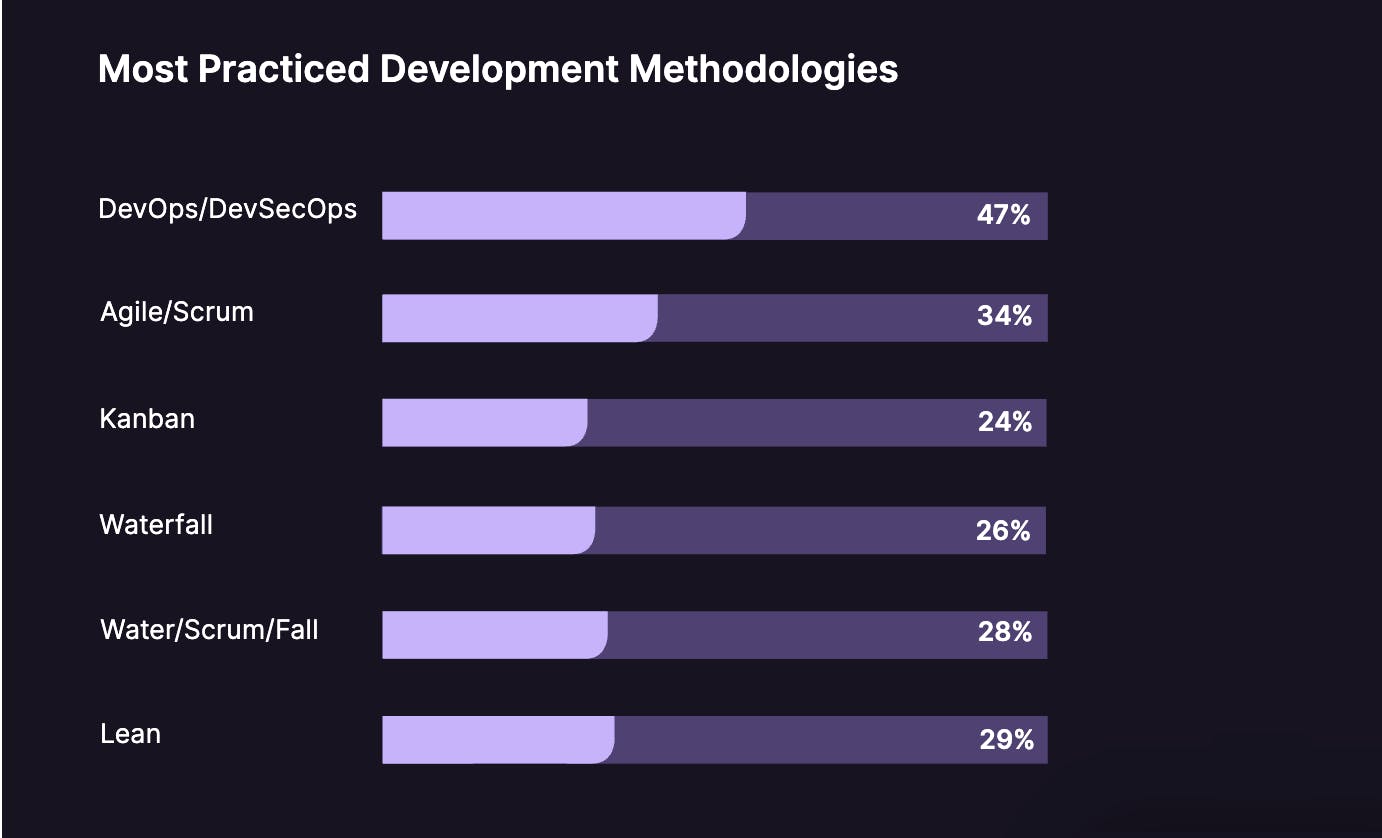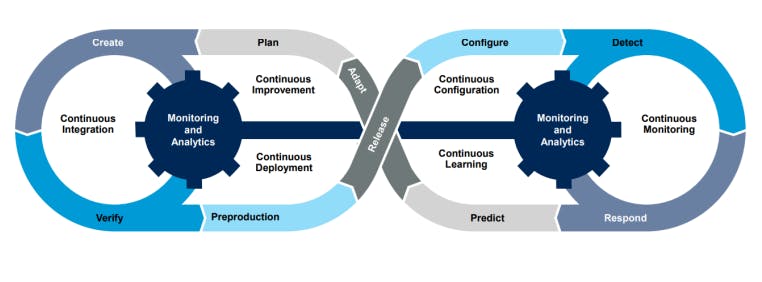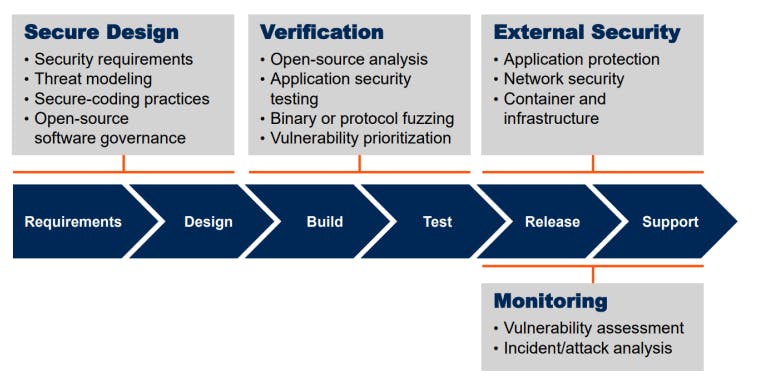1. What is the difference between DevOps and DevSecOps?
Security automation is the key difference between DevSecOps and DevOps. DevOps methodology increases the deployment frequency, improves software quality, and enhances cooperation between devs and IT operations teams. Meanwhile, DevSecOps incorporates cybersecurity practices, compliance checks, and risk mitigation strategies into the software development lifecycle.
2. How can ALPACKED help make the difference between DevOps and DevSecOps?
ALPACKED bridges the gap between DevOps and DevSecOps by combining both approaches. Our DevOps services include CI/CD implementation, container orchestration, real-time monitoring, infrastructure provision, and various automation tools. We also implement various DevSecOp strategies and tools to improve cybersecurity posture and compliance at every stage of the production lifecycle.
3. What are the main benefits of DevOps and DevSecOps?
Both DevOps and DevSecOps improve productivity and cost efficiency through automation. DevOps also helps enhance software quality by accelerating code reviews, enables teams to collaborate more efficiently, and reduces technical debt by removing needless dependencies and operational inefficiencies. DevSecOps practices improve organizational security, help mitigate risks, and ensures regulatory compliance.










